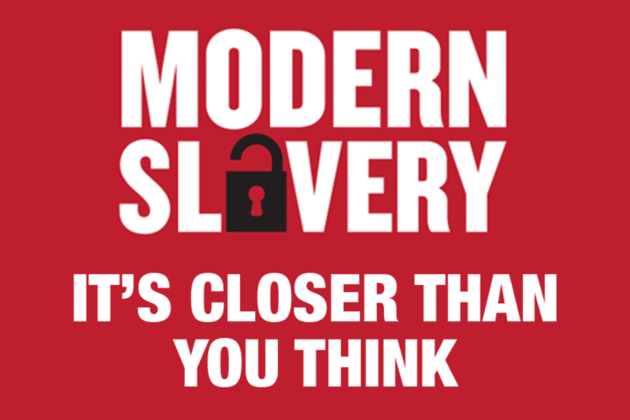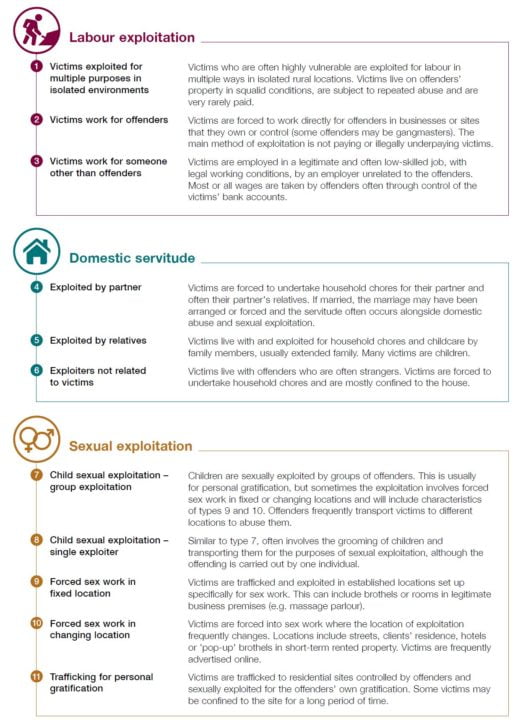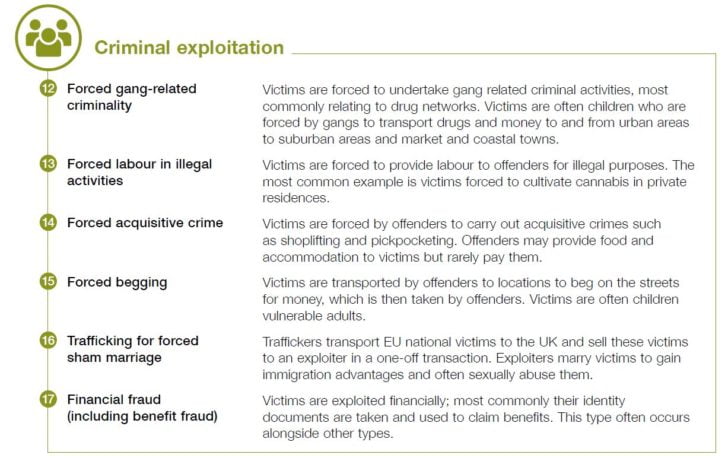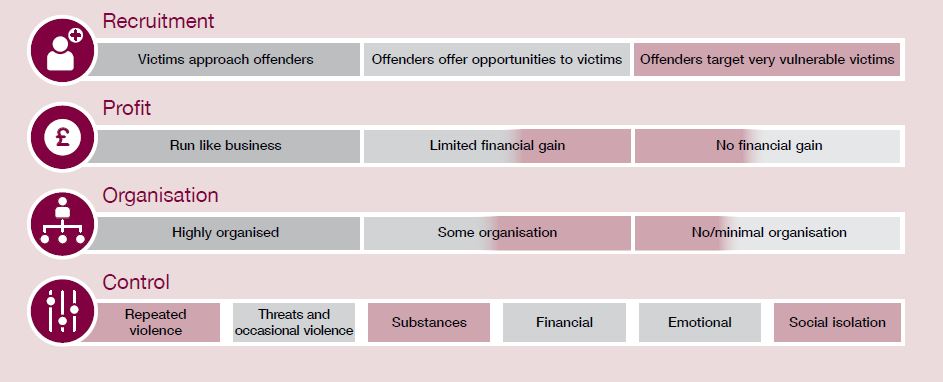The crime of modern slavery
Earlier this week (17 October 2017), the Home Office published a number of reports on modern slavery including new measures to help victims and a typology of the 17 main forms of modern slavery in the UK.
Measures to help victims
The National Referral Mechanism (NRM), the system by which victims of modern slavery are identified and provided with support, will be reformed to improve both the decision-making process and support offered.
The first measures to be announced, as part of a broader package of reforms which will be announced in due course, include:
- a single, expert unit to be created in the Home Office to handle all cases referred from front line staff and to make decisions about whether somebody is a victim of modern slavery, this will replace the current case management units in the National Crime Agency and UK Visas and Immigration, and will be completely separate from the immigration system
- an independent panel of experts to review all negative decisions, adding significantly to the scrutiny such cases currently receive
- a new digital system to support the NRM process, making it easier for those on the front line to refer victims for support and enabling data to be captured and analysed to better aid prevention and law enforcement

Typology
The rationale behind devising a typology of modern slavery offences was the desire to improve the understanding of the different ways that modern slavery manifests in the UK and to inform tailored policy and operational responses.
The typology is based on analysis of detailed data on 328 confirmed cases of modern slavery in the UK. As modern slavery is often a hidden crime, these data sources are partial and only cover modern slavery that has come to the attention of the authorities.
However, this approach was considered appropriate given the exploratory nature of this research. The typology was refined
through consultation with experts including the Joint Slavery and Trafficking Analysis Centre, academics, non‑governmental organisations (NGOs) and frontline staff such as police officers.
The typology identified 17 types of modern slavery offences in the UK (see figure below). It sets out the characteristics of the victims, offenders and offences involved for each type. In particular the Home Office looked for how members of law enforcement, other statutory agencies, NGOs and communities may recognise the exploitation and tackle the different manifestations of the crime. Some cases of modern slavery may span multiple types in the typology.


All infographics are kindly sponsored by Intelligent Fingerprinting whose non-invasive fingerprint drug test has been designed to simplify and support drug screening programmes across a range of applications. IFP has no editorial influence on the contents of this site.



